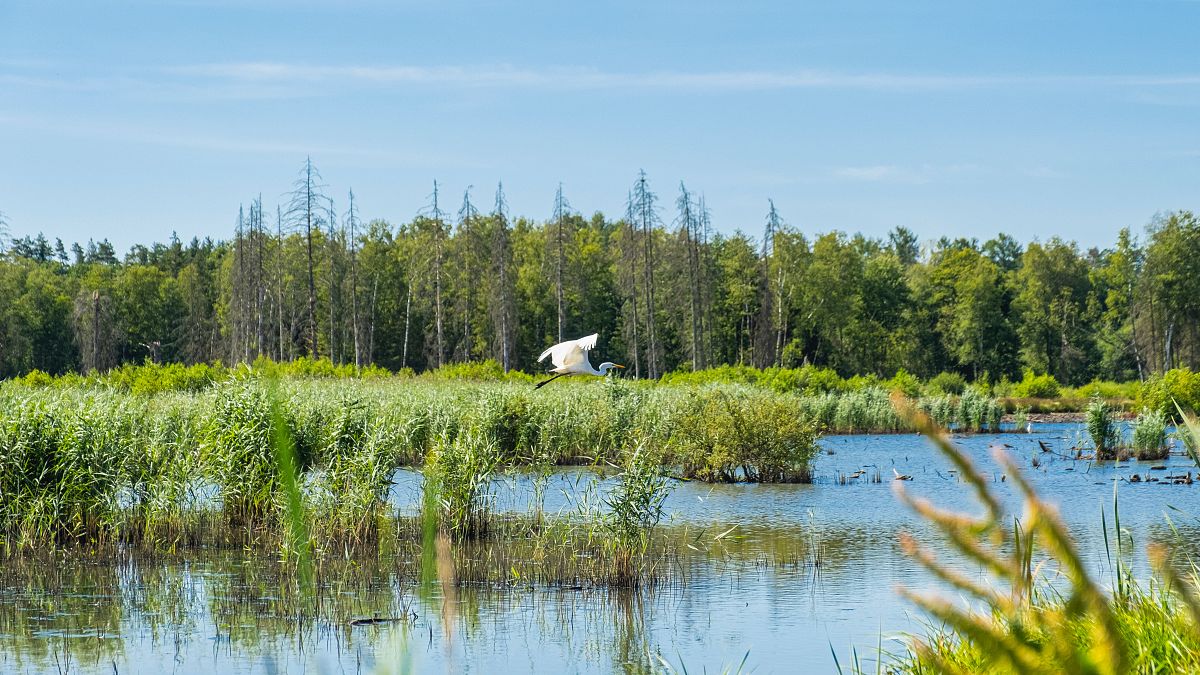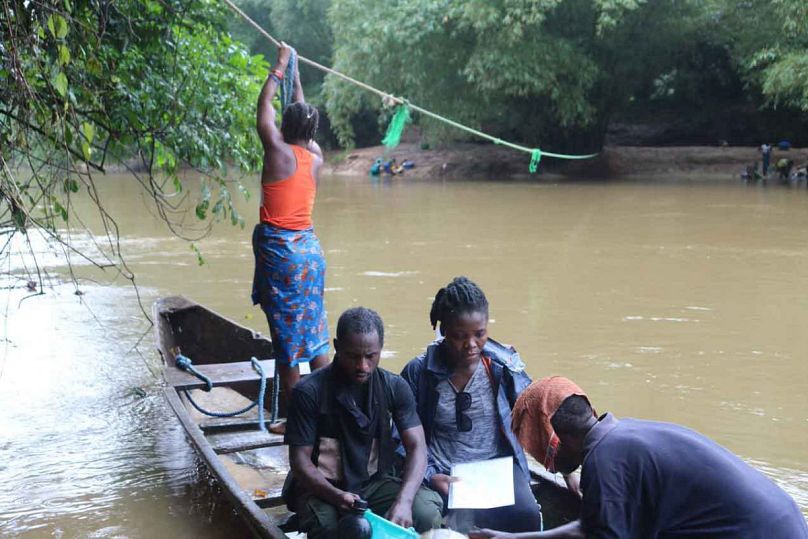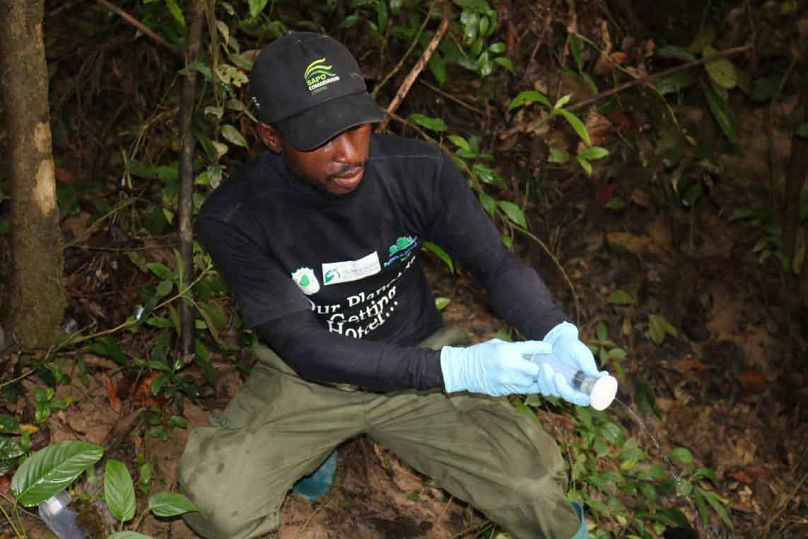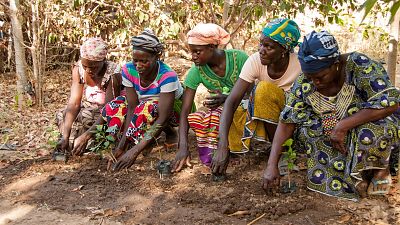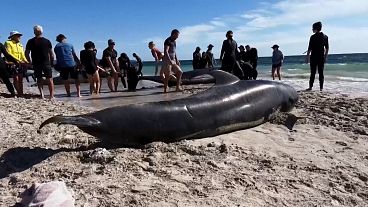The solution uses traces of genetic material in water samples to map species.
Groundbreaking new DNA technology could be used to tackle the world’s growing biodiversity crisis.
The International Union for the Conservation of Nature (IUCN) and NatureMetrics have teamed up to create a global atlas of life in rivers and wetlands across the globe.
It is hoped the new eBioAtlas will fill gaps in current knowledge, stimulate investment in conservation and create a databank to reverse the biodiversity crisis.
Targeting areas that are affected by climate change and development, the scheme will work with local partners to collect water samples. The samples will then be tested for ‘environmental DNA’ - traces of genetic material in the water - to identify distribution and range of species in the ecosystem.
“NatureMetrics is pioneering one of the first technologies that can give us the ability to quickly and easily quantify and analyze the diversity of species that exist in the world so we can better understand them and prevent their extinction,” says Rachel Kropa, Managing Director of the Footprint Coalition, one of IUCN and NatureMetric’s partners.
“How can we protect the planet without first knowing what we need to protect? We have done a poor job of tracking biodiversity and the impact humans have had on it”
Why do we need to understand rivers and wetlands?
Freshwater habitats are disproportionately important to biodiversity. Although they cover only one per cent of the earth’s surface they are home to one-tenth of the world’s animals. That figure includes just under a third of all vertebrates and half of fish.
Fresh water is also a crucial source of protein for 200 million people and provides livelihoods for 60 million. But this essential source of sustenance is under threat, says Will Darwall, Head of IUCN’s Freshwater Biodiversity Unit.
“A third of the world’s freshwater fish are threatened. If nothing changes in the way we manage freshwater environments, these species are headed for extinction.”
It is anticipated that in the first three years 30,000 water samples will be collected from areas including the Amazon, Mekong Delta and Niger Delta.
“We face a biodiversity crisis and we’ve been running blind. We know we have to act to protect threatened species and their habitats, but the lack of data makes it hard to set tangible targets and monitor progress” says Dr Kat Bruce, founder and Chief Technology Officer at Nature Metrics.
“We end up spinning in circles and going nowhere, while the loss of nature continues to accelerate.”
How does NatureMetrics new tech work?
The eBioAtlas programme is being managed by IUCN who will oversee sampling in 50 countries alongside other established NGOs.
1,000 local people will be trained to carry out the sampling, a simple process where volunteers pump water through a large filter to extract trace DNA. The samples will then be sent to a NatureMetrics lab for analysis.
The method is predicted to reduce cost, save time and increase local engagement.
The process has already successfully been used by NatureMetrics for WWF to identify 675 species in the Peruvian Amazon.
IUCN will use the eBioAtlas to identify key biodiversity areas and species under threat. Leftover DNA will be archived to create the world’s largest biobank including information on the time and location of samples.
It is hoped that over time the databank will become self-financing with businesses paying for access to help monitor areas which are important to supply chains.
